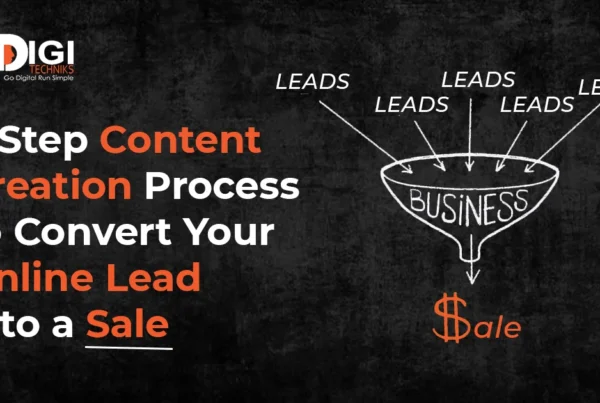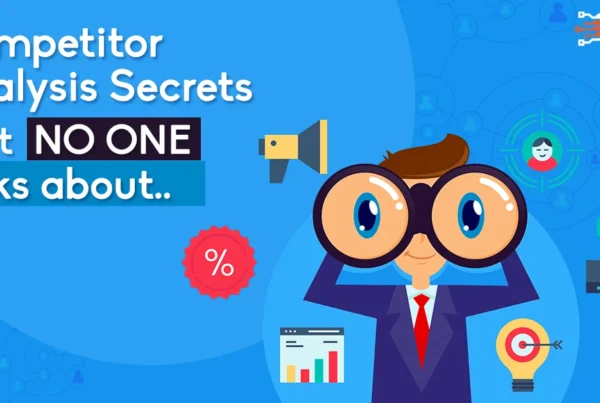If you’re reading this article, it’s safe to assume that you’re doing or interested in doing content marketing in some capacity. So, let me begin by asking:
Have you ever written a piece of content that failed to attract a single reader?
If yes, you’re not alone. It’s a common story. Nearly 2 million new blog posts are published on the internet on a daily basis. But how many of them are actually seen by the people they are targeted at? If we consider that 95% of people don’t look past the first page of Google, it’s not hard to estimate that a vast majority of those blog posts remain unseen.
One of the reasons behind this is, everyone is creating content these days. And, most of them believe that if what they create is good, it will find visibility on the web and social media. Unfortunately, this is a flawed notion. No wonder, merely 2% of businesses consider themselves “extremely successful” at driving positive ROI, and just 6% think they are “successful”.
The secret to success
If you wish to gain mileage from content marketing, you need to learn the art of distribution. That’s one of the key secrets of content marketing success.
So, where do you start from? The first thing you should do is get rid of the misconception that creating good quality content is enough. It is not. No matter how persuasive, engaging, and high-quality it is, creation is only 10% of success. 90% of the win comes from how many people read your content and are influenced by it.
You’ll need a solid distribution strategy because creation without distribution is like building a house but no one lives in it. Without a distribution strategy, your content is likely to collect dust in a dark corner of the internet where no one will find it.
Related Article– 11 Step Content Creation Strategy To Convert Your Contacts To Contracts
Here’s a step by step distribution process that will help you achieve positive ROI from your content initiatives.
1. Adapt your content for all relevant social media platforms
Over 56% of adults use more than one social media platform regularly. So, you’ll need to post your content on multiple channels where your target audience is most likely to hang and spend time on.
But, you simply cannot pick up one piece of content and post them on all the platforms. Why? Because what works on Facebook isn’t going to have the same impact on Twitter. The type of content that works for Pinterest won’t work on LinkedIn, and so on.
Therefore, the content you share must be adjusted according to the style and nature of each platform. For example, a blog post or any long-form content is great for channels like LinkedIn and Medium. You can even share it as a link post on Facebook. But, the same content must be condensed into a 60-second video or a graphic illustration to capture the audience on Instagram.
See how at Digitechniks we repurpose our content for different platforms.
Sharing our blog post as a link post on our Facebook page:
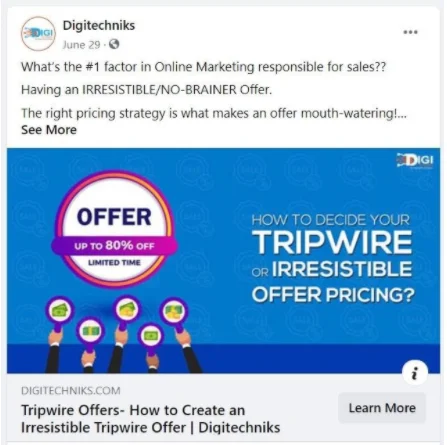
Sharing the same content in the form of an image on our Instagram page:
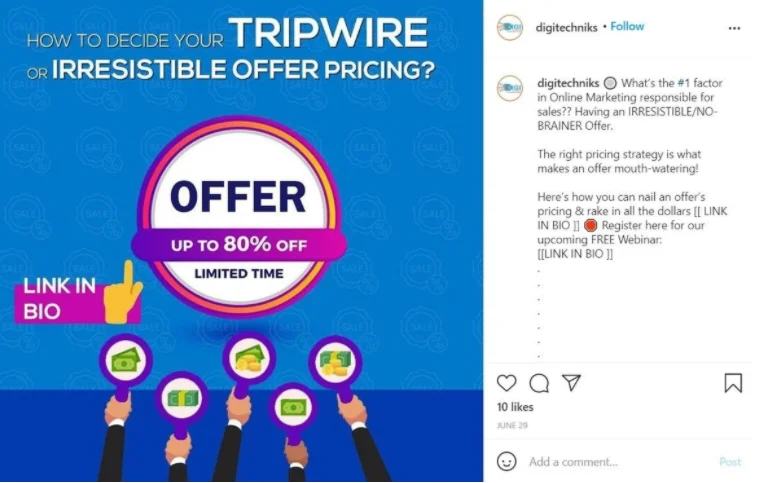
When you customize your content for each medium, it increases its chances of being viewed and acted upon by audiences.
Related Article– 5 Step Digital Marketing Strategy to Target the Right People with Right Content
2. Broadcast weekly mailers
Those who have subscribed to your email lists are people who have shown interest in your brand and want to receive the latest updates from you.
Broadcasting your content to your email list as weekly newsletters is one of the most effective content promotion tactics because it allows you to reach out to an audience that’s already engaged by your brand. So, if they find your content helpful, they are more likely to take action and even share your content with others in their network of connections.
To make the most of this technique, make sure that your website and landing pages have a provision to automatically send the email information captured to an email CRM. So your weekly content goes to those who have signed up or opted in to receive your emails.
Also, Read 7 Steps List Building Formula
3. Messenger broadcast
With Facebook messenger, you get one more channel to reach out to your target audience directly. So whenever you’re collecting lead information via forms on your website and landing pages, add the messenger widget and give people an option to subscribe to your messenger. This will allow users to opt-in with both email and messenger.
You can do this by adding a ‘Send to Messenger’ button or a checkbox as shown below.
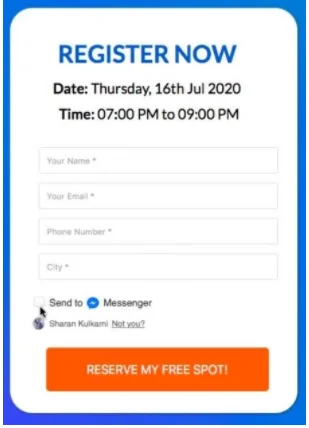
When people click on the checkbox, Facebook will ask them to sign in. Once this is done, they become subscribers and receive your content on a weekly, fortnightly or monthly basis.
4. Social media retargeting
Social media retargeting allows you to push your content to the social newsfeeds of your custom audience. A great way to do this by using social media pixels and tracking tools on your website. In fact, before you start any digital marketing activity, your website and landing page should have Facebook Pixel installed.
So whenever someone steps into your website or landing page, automatically the cookie data gets captured and auto-segregation takes place in the backend of the Facebook ads tool. Then, you can start paid FB ad campaigns to reach the people who have visited your website.
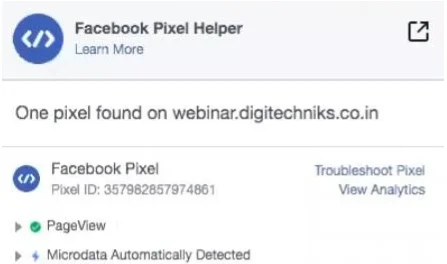
These pixels are extremely easy to install and use. Especially if you have Google tag manager on your site, they can be implemented through that platform. Here’s how you can set up Google Tag Manager on your site in 6 simple steps.
5. Track leads and ROI
Now it’s time to track the money you’re spending on your creation and distribution efforts and compare them to the ROI you’re getting. Overall, the revenue you’re able to generate should be at least 5X more than your marketing spends. Ideally, you should perform this activity in every three months to keep your content marketing realistic, effective, and profitable.
Summing up
To fully maximize the potential of content marketing, you need to incorporate more than one tactic to collect data so you can optimize your content promotion. And, this should be done in three ways:
- Collecting lead and contact information that should sit in your email CRM.
- Cookie-based tracking by installing social media pixels and JavaScript codes.
- Giving people the option to subscribe to your Facebook messenger.
Also, Read Handle Social Distancing Like a PRO using Facebook Messenger Automation
You need to ensure that your content attracts eyeballs and drives serious traffic to your site. After all, the objective of content marketing is to turn your mailing list to loyal fans. Using the steps discussed above, you can reach and convert the majority of your audience who have taken some sort of action and not purchased from you.
Do you want to get a personalised 1-to-1 discovery session?
Book your 1-to-1 discovery call with us today!
Do you want to get a personalised 1-to-1 discovery session?
Book your 1-to-1 discovery call with us today!

